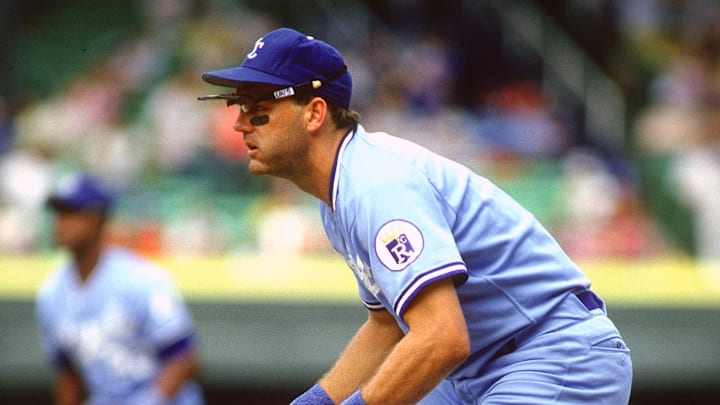The succession plan falls apart for the KC Royals
It felt like this core would have more opportunities to contend, but 1989 turned out to be its high-water mark. Brett continued to perform at a high level, gradually transitioning into the DH role, but Jackson suffered a career-altering injury in a 1990 NFL playoff game. The Royals let him go and as miraculous as his return with the White Sox in 1993 was, he was never the same player again. Tartabull and Saberhagen left after the 1991 season, and Eisenreich was gone the year after.
Seitzer's numbers continued to decline, and the Royals released him after a 1991 season in which he played in only 85 games and hit one home run with 25 RBIs.He had a bit of a career renaissance in Milwaukee from 1993-96, earning his second All-Star bid in 1995, but he wasn't quite finished with the Royals yet.
Seitzer returned to Kansas City as the team's hitting coach from 2009-12, but was fired primarily because the Royals failed to hit with enough power during his tenure. None of his successors have really managed to get the Royals to tap into their power with any consistency — although, to be fair, they did win a World Series without an abundance of pop — but Seitzer found his groove in the same role with the Atlanta Braves. He won a ring with Atlanta in 2021, and the Braves set records for offensive proficiency under his tutelage this season.
Much like his playing days, Seitzer had the ability, but it never quite came together for him in Kansas City. But hey, even on a team composed of royalty, no one ever said it was easy replacing The King.
